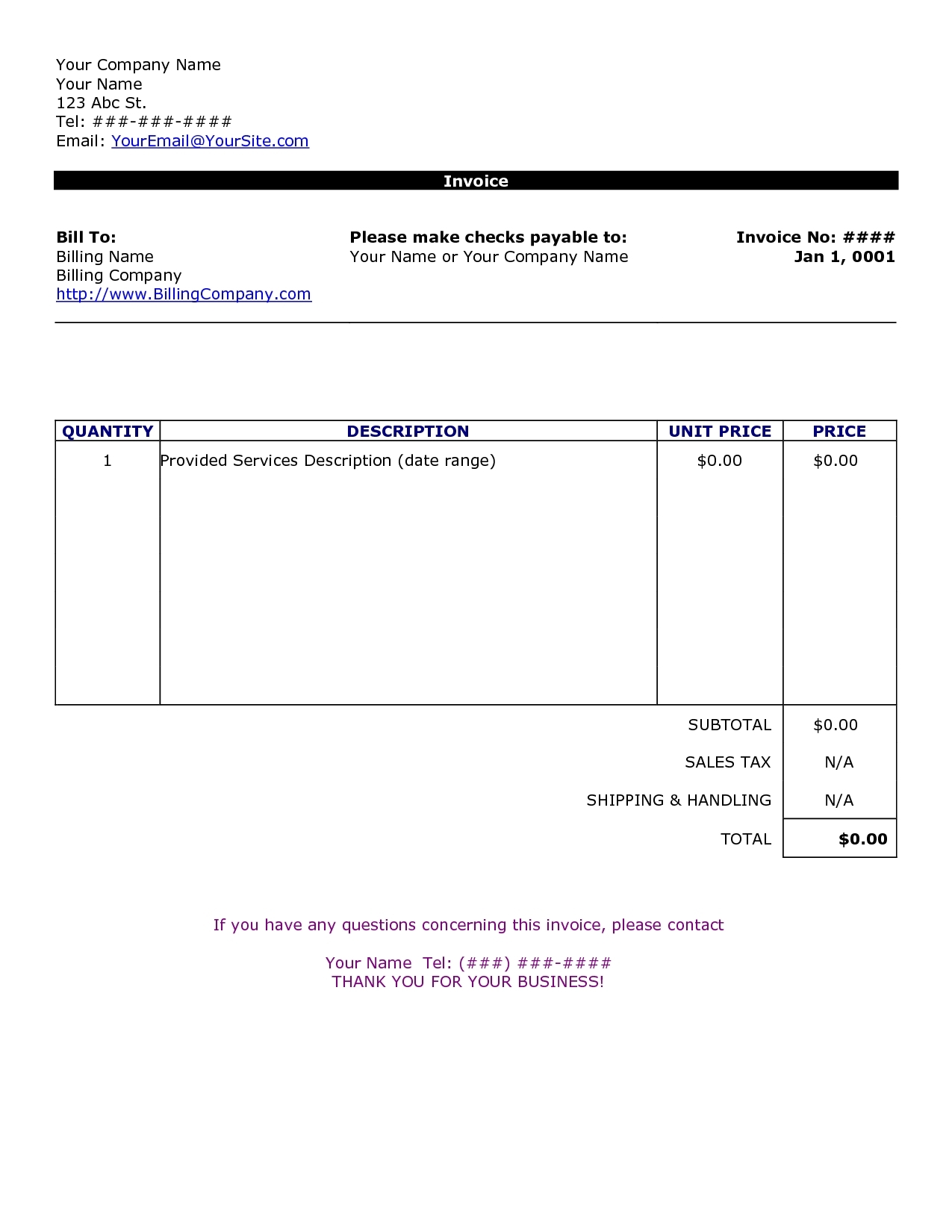

Your name, or business name, and contact information.Swap out the default template elements for your own information. Double click the file name or navigate to file > open. Start by opening whatever template file you plan to use. We will use a template from Envato Elements. Microsoft has some invoice templates available, but they are fairly simple in terms of design. There are so many elements to an invoice that there’s no need to recreate the wheel here. This is how the final Invoice document looks:īe sure to download the sample implementing the Invoice generation scenario using the Report Templates feature of GcWord API.Getting started with a Word invoice template is the recommended option. Invoke the Save method to save the processed data-bound document.Invoke the Process method to replace the tags with data while iterating over all data items.


After adding the static text and structural elements, we must add tags using the Mustache syntax "",Įmail = GetEmail(it.ToString(), it.ToString(), it.ToString()) Add the required structural elements, which is a Table displaying the list of ordered products.Add labels and paragraphs as required to display static text.

Design the Report Template by creating a new Word document.The Invoice template shown below was created using MS Word, following the steps below: Refer to the documentation for a detailed understanding of template tags. GcWord API supports a set of template tags divided into Value Tags and Range Tags, used to create the Report Template. Add a reference to namespace in Program.cs file, using the following code:.Install package using Nuget package manager in the application.


 0 kommentar(er)
0 kommentar(er)
